Host-Based Intrusion Detection System (HIDS)
Definition A Host-Based Intrusion Detection System (HIDS) is cybersecurity technology installed on individual host devices such as servers, workstations, and mobile devices. It monitors the system for suspicious activities and

